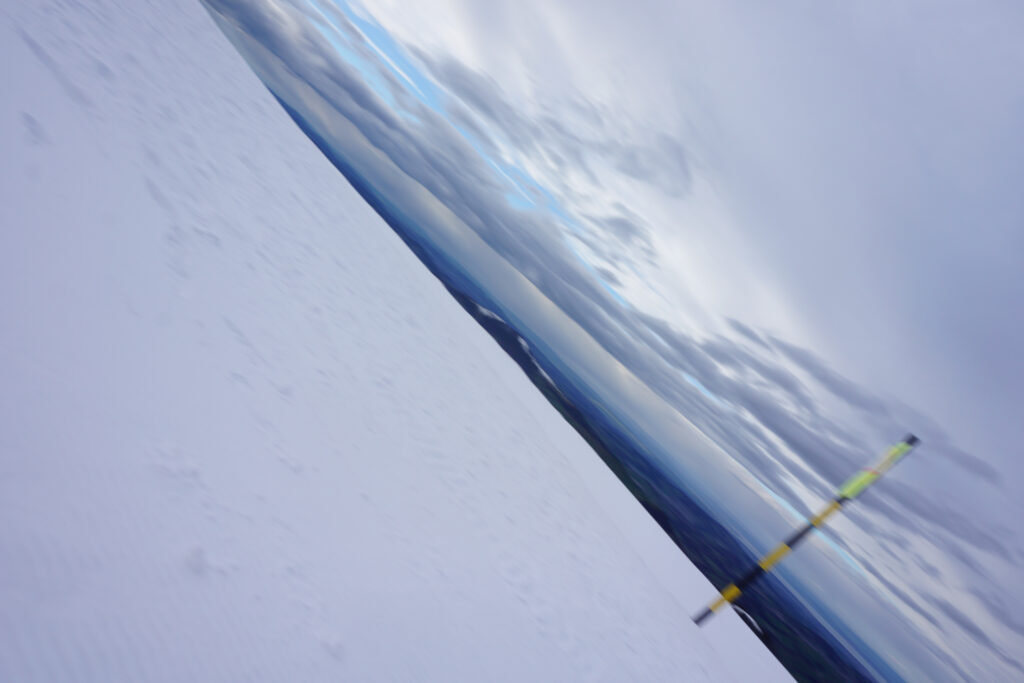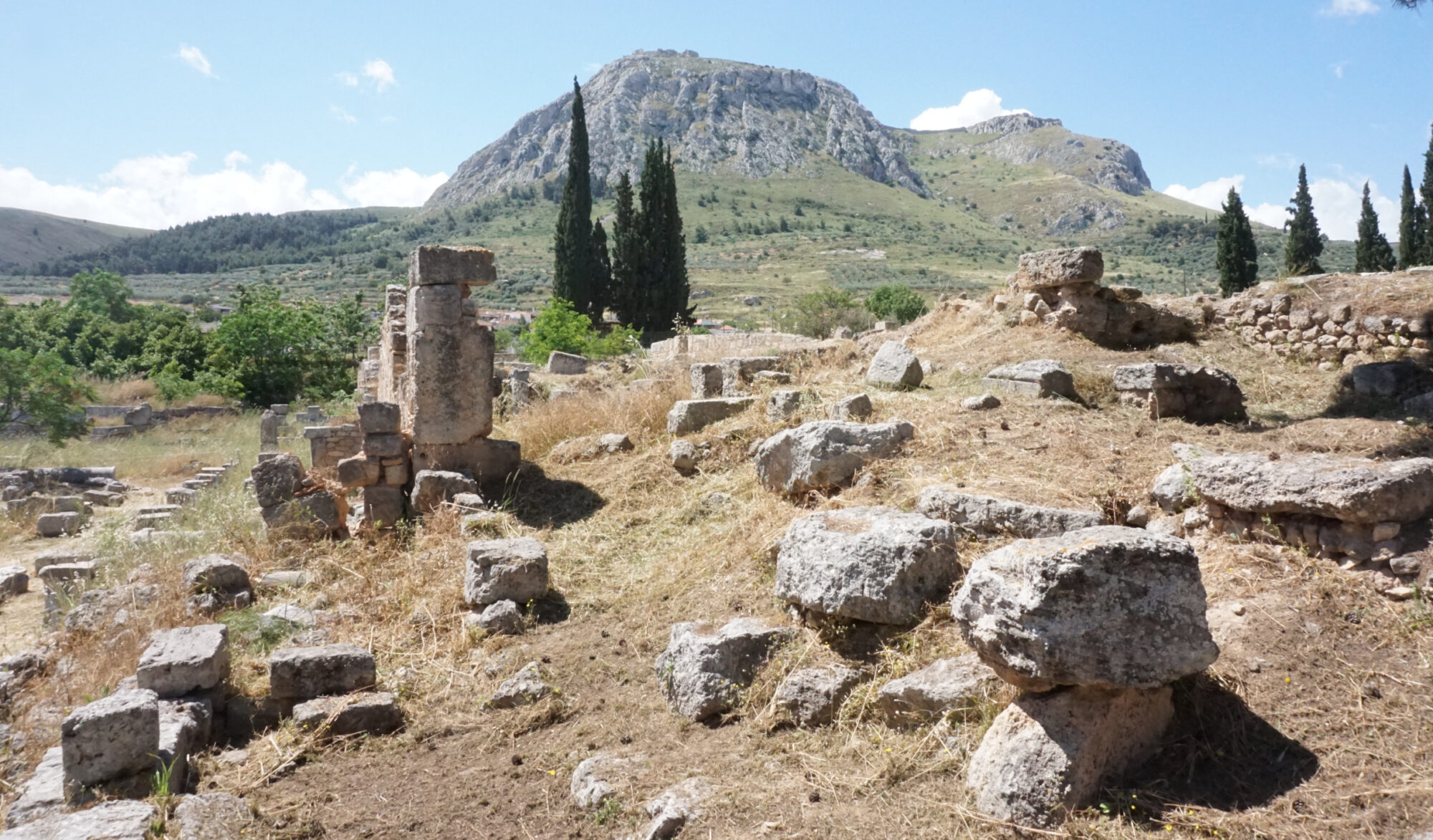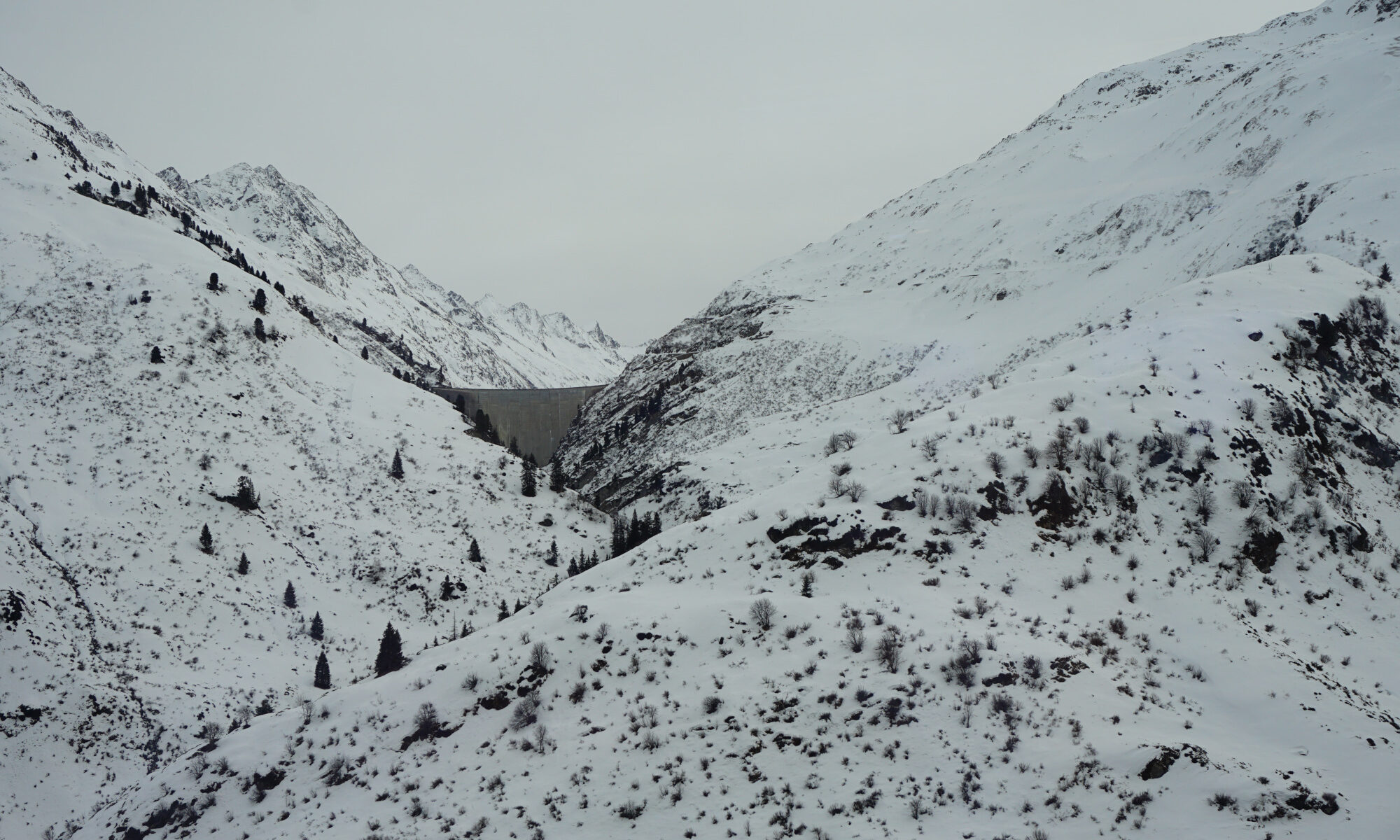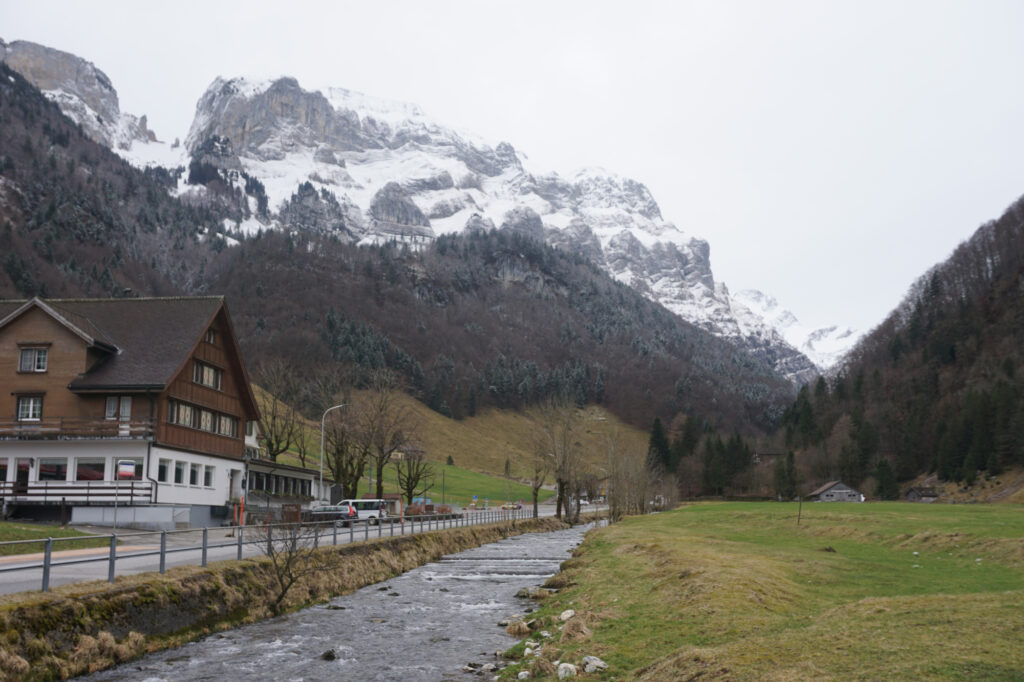
2 Corinthians 11:23 (ESV)—Are they servants of Christ? I am a better one—I am talking like a madman—with far greater labors, far more imprisonments, with countless beatings, and often near death.
The camera survived the fall. Twice. Once toppling from the bed onto a hardwood floor in a Pittsburgh bed and breakfast, and once tumbling from a wooden post on a mountain in Switzerland.
Not to boast, but that’s one resilient camera.
Like my camera, the apostle Paul survived a “fall” more than once in his life. He did not fall from God, though, but rather experienced falls of punishment for spreading the message of salvation. These falls could have sank his spirit. He could have given up. Pushed God’s ministry aside. But he did not. He strove to spread God’s message despite floggings and imprisonment. He did more than survive; he worked for Christ again and again.
Sounds exhausting, no? Yes, but Paul found endurance from boasting…in the Lord. Not in himself or his part in God’s ministry. He labored for God again and again because he knew effective service comes from God.
Like Paul, are we boasting in Christ again and again? Are we serving with our entire being the God who created us with the ability to bounce back from difficult situations and push forward in his ministry?
I hope the answer is a resounding “Yes!” and I pray our “afflictions, hardships, [and] calamities” (2 Corinthians 6:4, ESV) encourage us to labor for the One who created us in his image.


